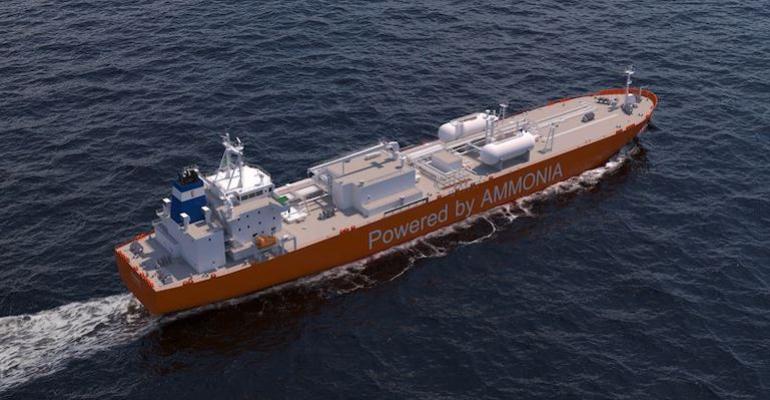This would make them the first-ever oceangoing ships to have dual-fuel engines capable of using ammonia as fuel, Wärtsilä said.
Wärtsilä’s new Ammonia Fuel Supply System (AFSS), suitable for liquid and gaseous fuel, is available both for new ships and retrofits on board existing vessels. It can be installed as an integrated cargo handling and fuel supply system on ships carrying liquefied gas and is particularly suitable for ammonia carriers, including very large (VLGC) and medium gas carriers (MGC).
As a self-standing fuel supply system, it will also be available for ships operating under the International Code of Safety for Ships Using Gases or Other Low-flashpoint Fuels (IGF Code). It can operate with either low- or high-pressure systems, Wärtsilä said.
The system consists of filters, pumps, and heat exchangers to ensure a stable and reliable supply of fuel to the engine at the correct pressure and temperature. The AFSS systems are equipped with proven components, including the necessary purge gas treatment systems.
Stein Thoresen, the company’s Head of Sales Marine, said: “At Wärtsilä Gas Solutions’, we have more than 50 years’ experience in handling ammonia on board ships. This experience, along with our deep understanding and development of high efficiency cargo handling systems in general, has led to the introduction of this system, which we see as a key enabler for decarbonised operations. The AFSS is designed to be robust and reliable, under even the most challenging sea conditions.”
Copyright © 2024. All rights reserved. Seatrade, a trading name of Informa Markets (UK) Limited.
Add Seatrade Maritime News to your Google News feed.  |

